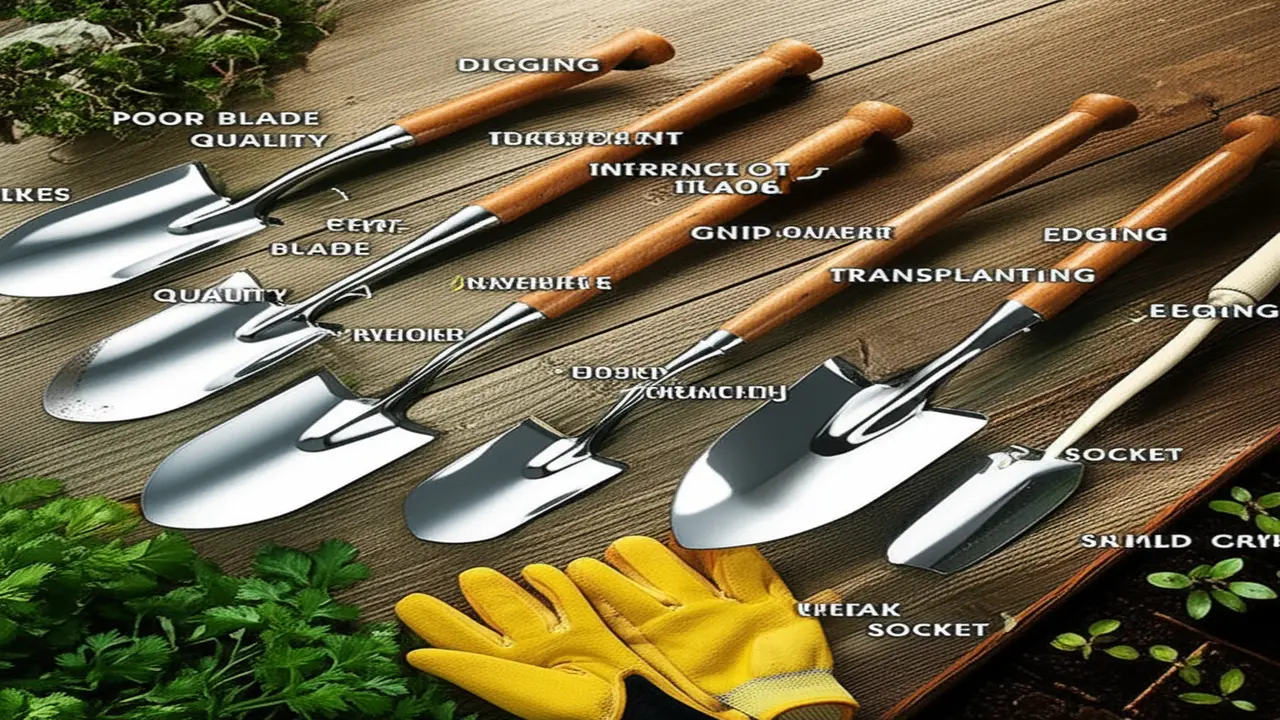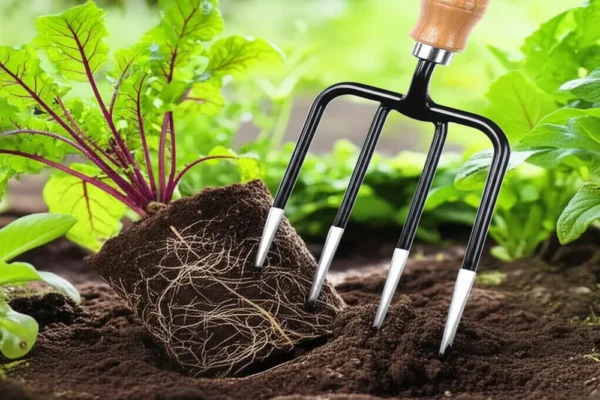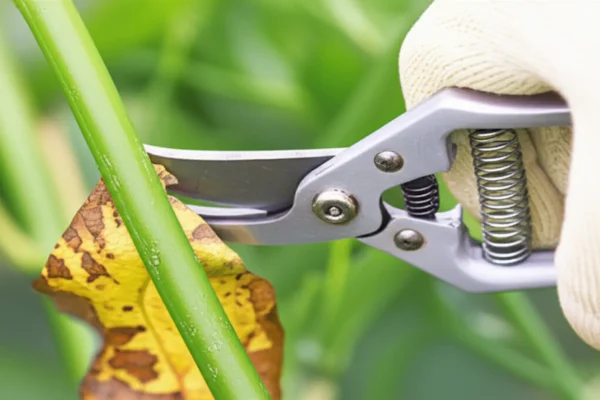Hand Cultivator for Vegetable Garden: Essential Guide for 2025
The hand cultivator vegetable garden tool holds a pivotal role for gardeners aiming to nurture robust, healthy crops. Its capability to enhance soil vitality, control unwanted weeds, and boost plant growth renders it indispensable for every vegetable patch. This guide unveils the anatomy, benefits, types, expert usage methods, and maintenance tips for this essential garden implement, empowering gardeners to elevate their soil cultivation practices in 2025.
I. Introduction: Unearthing the Power of the Hand Cultivator in Your Vegetable Patch
A hand cultivator is a compact gardening tool designed primarily to turn, loosen, and aerate soil, as well as manage weeds with precision in vegetable gardens. Unlike bulkier equipment, its handheld nature offers agility, making it a game-changing instrument for backyard growers and professional vegetable gardeners alike.
This guide will walk you through a detailed understanding of the hand cultivator’s design and primary functions, delve into its numerous benefits, explore the best types suitable for vegetable gardens, and provide expert advice on selecting, using, and maintaining this gardening essential. By the end, you will grasp how this tool can transform your vegetable soil preparation and ongoing garden care routines.
II. What Exactly is a Hand Cultivator and Its Design?
At its core, a hand cultivator is a handheld garden tool featuring a central shaft connected to a handle on one end and a set of tines or prongs on the other. It is designed for breaking up soil, aerating the ground, and loosening the earth without disturbing plant roots.
The main components of a hand cultivator are:
- Handle: Ergonomically designed for comfort and control, handles are crafted from materials ranging from traditional wood to durable plastic or rubber-coated grips to reduce fatigue during extensive use.
- Shaft: Typically between 6 to 12 inches in length, this part connects the handle to the head. Crafted from steel or lightweight aluminum, the shaft balances strength with ease of maneuverability.
- Head/Tines: The cultivator’s working end, featuring several prongs, usually forged steel or stainless steel for durability. The tine configuration varies—commonly three-pronged or claw-like—to suit different soil cultivation tasks.
It is essential to distinguish the hand cultivator from similar tools like trowels and hand forks. While trowels are primarily used for digging and transplanting, and hand forks excel in turning soil in tighter spaces, the hand cultivator uniquely combines soil aeration and weeding with minimal disruption to plant roots.
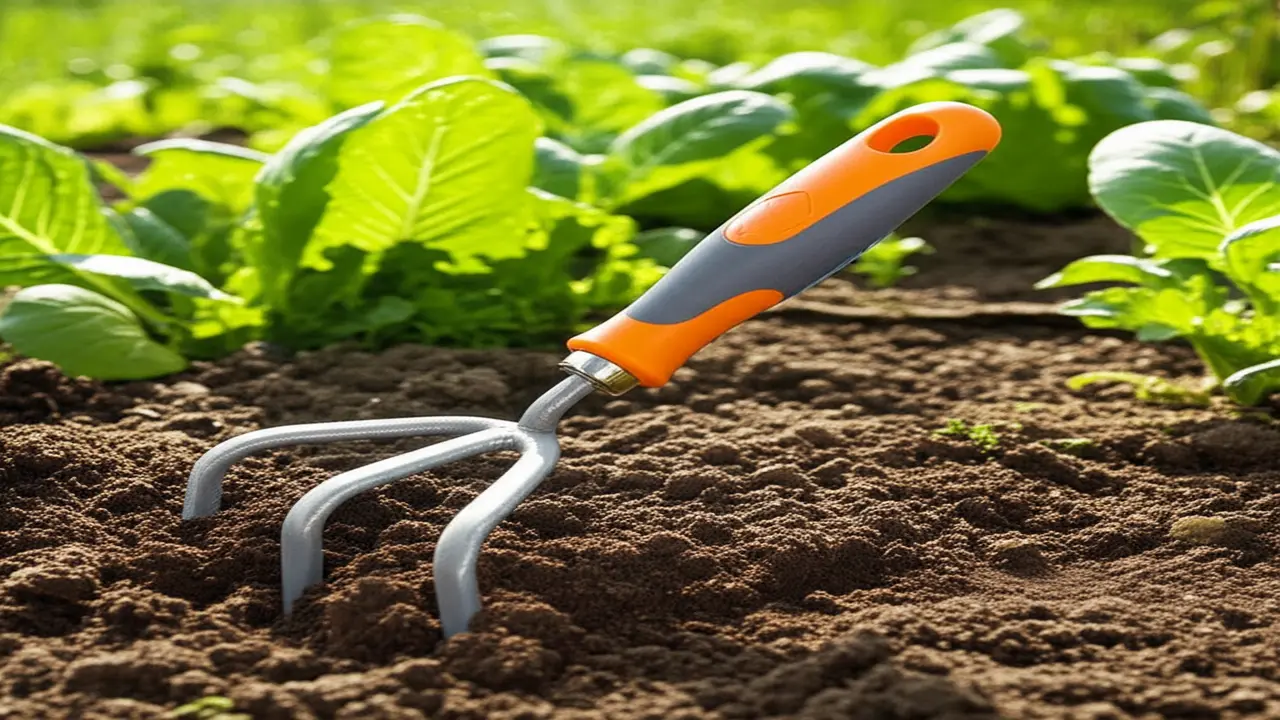
III. Why Every Vegetable Gardener Needs a Hand Cultivator: Core Benefits
The hand cultivator is more than a mere soil tool; it is pivotal in promoting plant health through effective soil management. Here’s why it is indispensable:
Precision Weeding: With its finely designed tines, a hand cultivator enables gardeners to carefully eradicate weeds right next to crops without damaging delicate roots. This precision fosters healthier vegetable growth.
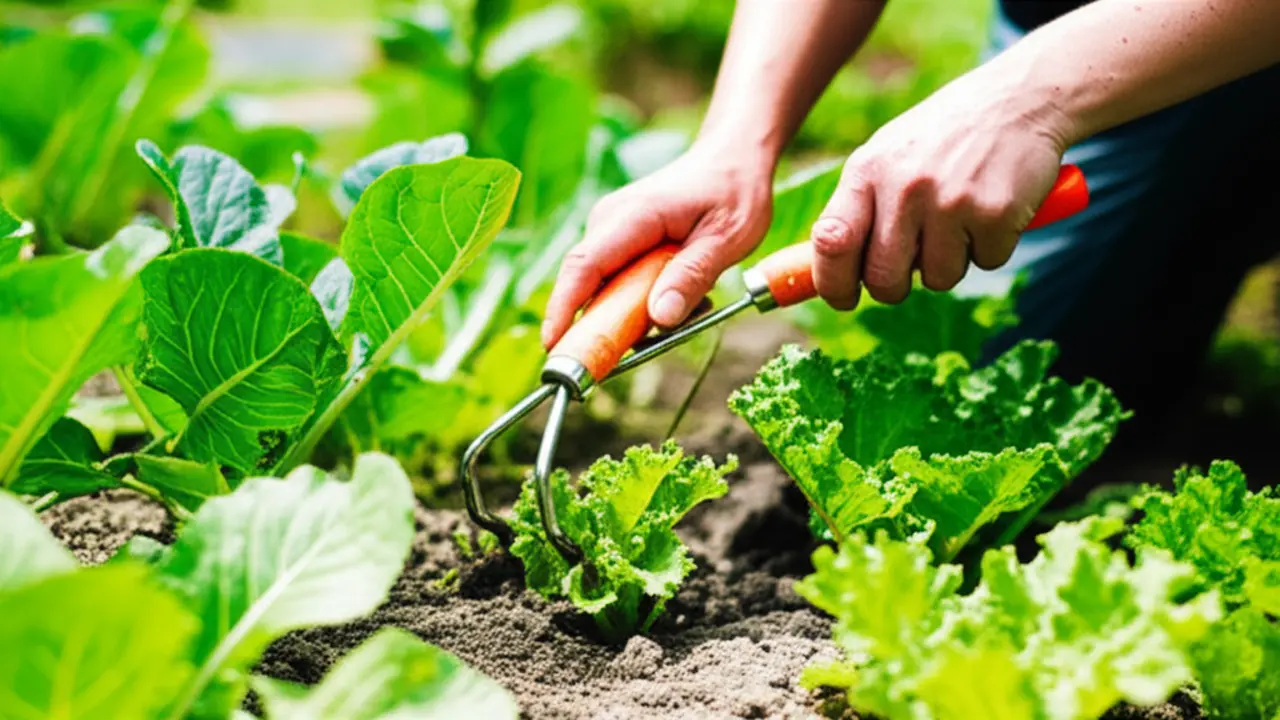
Improved Soil Aeration: By breaking compacted soil, the cultivator increases oxygen flow within the root zone. This stimulates microbial activity critical for nutrient cycling and encourages robust root development, leading to vigorous plants.
Efficient Soil Preparation: The tool is ideal for loosening soil before planting or mixing in soil amendments and fertilizers. It creates an optimal seedbed texture, enhancing germination and growth.
Reduced Physical Strain: Thanks to ergonomic build designs, including comfortable handles and lightweight materials, the cultivator reduces the gardener’s effort and wrist stress, making extended gardening sessions feasible.
Ultimately, using a hand cultivator regularly improves soil structure and weed control, which directly translates into increased vegetable garden productivity and health—and that’s a gardener’s long-term goal.
IV. Types of Hand Cultivators Best Suited for Vegetable Gardens
Vegetable gardens, with their diverse soil conditions and crop types, require selecting the appropriate hand cultivator. The most common and useful types include:
Three-Pronged / Claw Cultivator
This classic design has three sturdy tines arranged like a claw. It is highly effective for medium to heavy soils allowing deep penetration to break clumps. The robust design is excellent for general soil preparation but can be heavier and less precise in tight spaces.
Bow Cultivator (Small)
Resembling a curved bow shape with multiple tines, this cultivator excels in surface soil cultivation. It is lightweight, easy to maneuver, and ideal for loosening the top layer where seedlings emerge, although it is less effective at deeper tilling.
Weeding Hoe / Japanese Weeding Sickle (Niwashi)
Designed with a sharp, curved blade, this tool specializes in pinpoint weeding in narrow gaps and closely spaced vegetable beds. It facilitates delicate weed removal without disturbing plants.
Dandelion Weeder / Forked Weeder
Featuring a forked tine designed to pry out deep-rooted weeds such as dandelions, this cultivator type penetrates beneath the surface to remove the entire root, reducing repeat weed growth.
Choosing the right type depends on your specific gardening tasks and soil texture. For compacted clay soils, the three-pronged cultivator might be preferable, while sandy or loam soils benefit from lighter bow cultivators or weeding hoes.
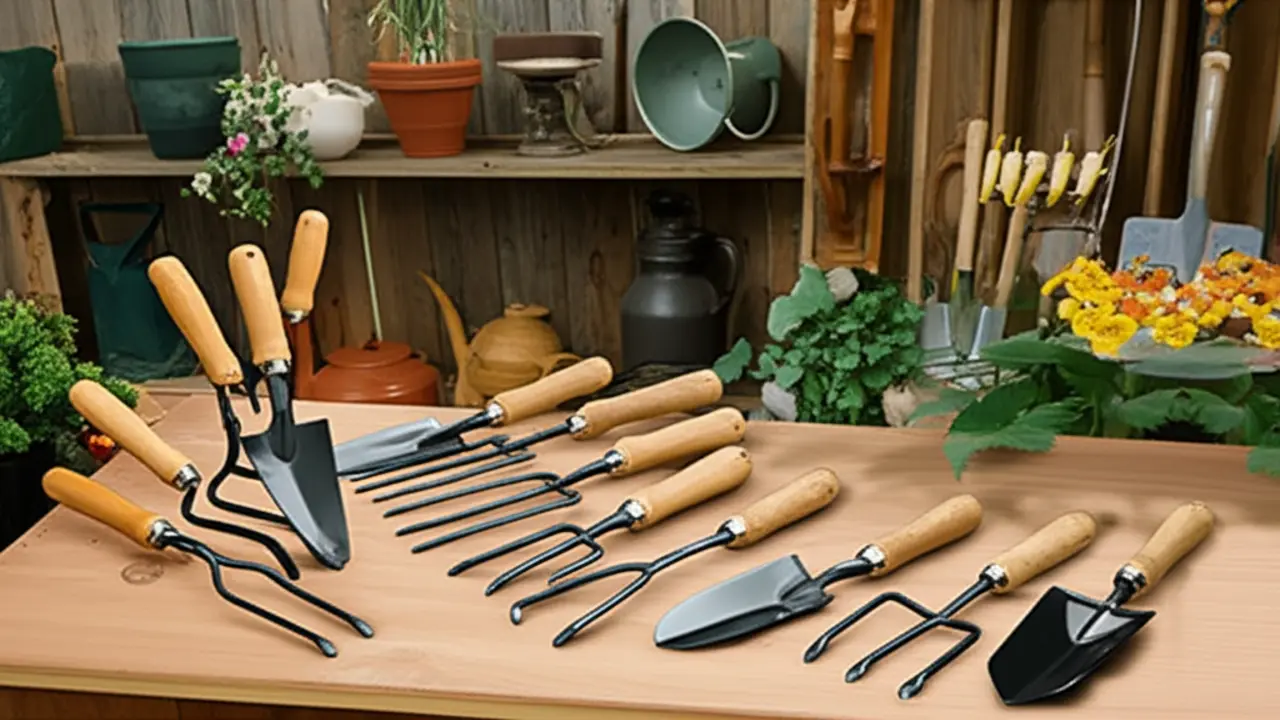
V. Mastering the Hand Cultivator: Step-by-Step Usage in Your Vegetable Garden
Using a hand cultivator correctly enhances its efficiency and prolongs its lifespan. Follow these steps for optimal results:
Preparation: Always inspect your cultivator before use to ensure tines are sharp and the handle secure. Wear gloves and assess soil moisture—ideally, soil should be moist but not waterlogged to avoid clumping.
Precision Weeding: Use short, controlled strokes to uproot weeds around vegetable plants gently. In compact soils, gently work around roots to prevent damage, adjusting your technique depending on weed type and soil condition.
Aerating Soil: Insert the tines vertically into compacted zones and wiggle gently to fracture the soil. This opens channels for oxygen and water, benefiting root systems without turning over the entire soil.
Preparing Seedbeds: Smooth and fine soil texture can be achieved by repeatedly cultivating the top few inches after digging. This creates an even surface for sowing seeds or transplanting seedlings.
Mixing Amendments: Use the cultivator to blend in compost, fertilizers, or lime thoroughly, ensuring nutrients are evenly distributed to support balanced plant nutrition.
Breaking Soil Clumps: Especially in heavier soils, breaking large clods into smaller particles promotes better root anchorage and moisture retention.
VI. Choosing the Best Hand Cultivator for Your Vegetable Garden: A Buying Guide
Making the right purchase depends on several considerations:
Handle Ergonomics: Look for a handle that fits comfortably in your hand, with an anti-slip grip. Wooden handles offer natural feel and durability, while rubberized grips minimize fatigue.
Tine Design and Spacing: Select tine spacing that matches your soil type. Closer tines suit fine, sandy soils, while wider spacing works for dense or root-heavy soils.
Weight and Balance: A balanced tool reduces wrist strain and improves control. Lightweight materials like aluminum shafts paired with sturdy tine construction are ideal.
Durability and Build Quality: Opt for hand cultivators with forged or stainless steel tines resistant to rust and bending.
Garden Size and Crop Type: For large vegetable plots, a heavier duty model may be efficient, whereas compact, raised beds might require a small, precise tool.
Here are some recommended products tailored for vegetable gardeners, along with pros and cons:
| Model | Type | Pros | Cons | Ideal For |
|---|---|---|---|---|
| GardenMaster Steel Hand Cultivator | Three-Pronged | Durable steel tines, ergonomic wood handle | Slightly heavy for prolonged use | Medium to heavy soils |
| ErgoLite Bow Cultivator | Bow Cultivator | Lightweight, easy handling, rust-resistant | Not for deep soil turning | Light soils, surface aeration |
| Precision Niwashi Weeding Hoe | Weeding Hoe | Sharp blade, precise weeding in tight areas | Less effective for large-scale soil prepping | Raised beds, dense planting areas |
VII. Hand Cultivator vs. Other Common Garden Tools: When to Use Which
The hand cultivator complements, but does not replace, other essential garden tools. For instance:
Garden Hoe: Excellent for breaking and stirring large soil areas but less precise near delicate plants.
Trowel: Best suited for digging holes and transplanting seedlings.
Hand Fork: Useful for loosening soil and aerating in confined spaces but offers less weeding precision than a hand cultivator.
Integrating these tools with a hand cultivator ensures comprehensive garden care. Knowing when to use each maximizes efficiency and plant health.
VIII. Maintaining Your Hand Cultivator for Years of Vegetable Garden Service
Good maintenance extends your tool’s life and performance.
Cleaning: After every use, remove soil and plant debris to prevent rust and deterioration.
Sharpening: For cultivators with sharpenable tines or blades, regular sharpening maintains penetration efficiency.
Rust Prevention: Apply light oil on metal parts post-cleaning. Store tools in a dry, sheltered environment to avoid corrosion.
Proper Storage: Hang tools or store in a tool rack to prevent damage and keep them readily accessible.
IX. Advanced Tips & Troubleshooting for Your Vegetable Patch
Managing your vegetable garden with a hand cultivator requires understanding soil and weed dynamics:
Weed Seed Bank Management: Cultivating before weed seeds germinate lessens future infestations. Avoid deep tillage which may bring buried weed seeds to the surface.
Optimal Soil Moisture: For best cultivation results, soil should neither be dry nor saturated. Ideal moisture promotes loosening without clumping or compaction.
Tough Weeds Handling: Employ deep-rooting weed removers (forked weeder types) for persistent weeds. Use the hand cultivator for surface weeds.
Avoid Overcultivation: Excessive soil disturbance damages roots and disrupts beneficial organisms. Use the cultivator gently near plants.
Minimal Disturbance Gardening: The hand cultivator fits well with no-till or low-till practices by aerating topsoil with minimal disruption.
X. Conclusion: The Indispensable Companion for a Thriving Vegetable Garden
The hand cultivator vegetable garden tool is a vital ally for gardeners committed to soil health, efficient weed management, and better crop yields. Its precision, ergonomic design, and versatile applications make it essential for vegetable gardening success.
By understanding its types, mastering usage techniques, and committing to proper maintenance, gardeners can unlock the full potential of their soil and plants. Begin your journey with a hand cultivator today and see your vegetable garden flourish in 2025 and beyond.
Ready to enhance your vegetable gardening experience? Explore detailed guides on related essential tools such as ergonomic garden spades and budget pruning shears to complete your toolkit.
References and Further Reading
- American Horticultural Society: Gardening Tools
- Royal Horticultural Society – Soil Preparation
- University of California Agriculture and Natural Resources: Best Practices in Vegetable Gardening
Frequently Asked Questions
- What soil types are best suited for hand cultivators?
- Hand cultivators work well in loamy and sandy soils. For heavy clay soils, choose cultivators with robust tines to break up compaction effectively.
- How often should I use a hand cultivator in my vegetable garden?
- Regular use is recommended during the growing season to control weeds and aerate soil, typically once every 1-2 weeks depending on weed pressure and soil condition.
- Can a hand cultivator damage vegetable roots?
- If used carefully with attention to root zones, a hand cultivator minimizes root disturbance compared to larger tilling equipment.
- Are hand cultivators suitable for raised beds?
- Yes, their small size and precision make them perfect for raised beds, where control and limited soil disruption are vital.
- How do I prevent rust on my hand cultivator?
- Clean off soil after each use, dry thoroughly, and apply a thin layer of oil on metal parts before storing in a dry place.

